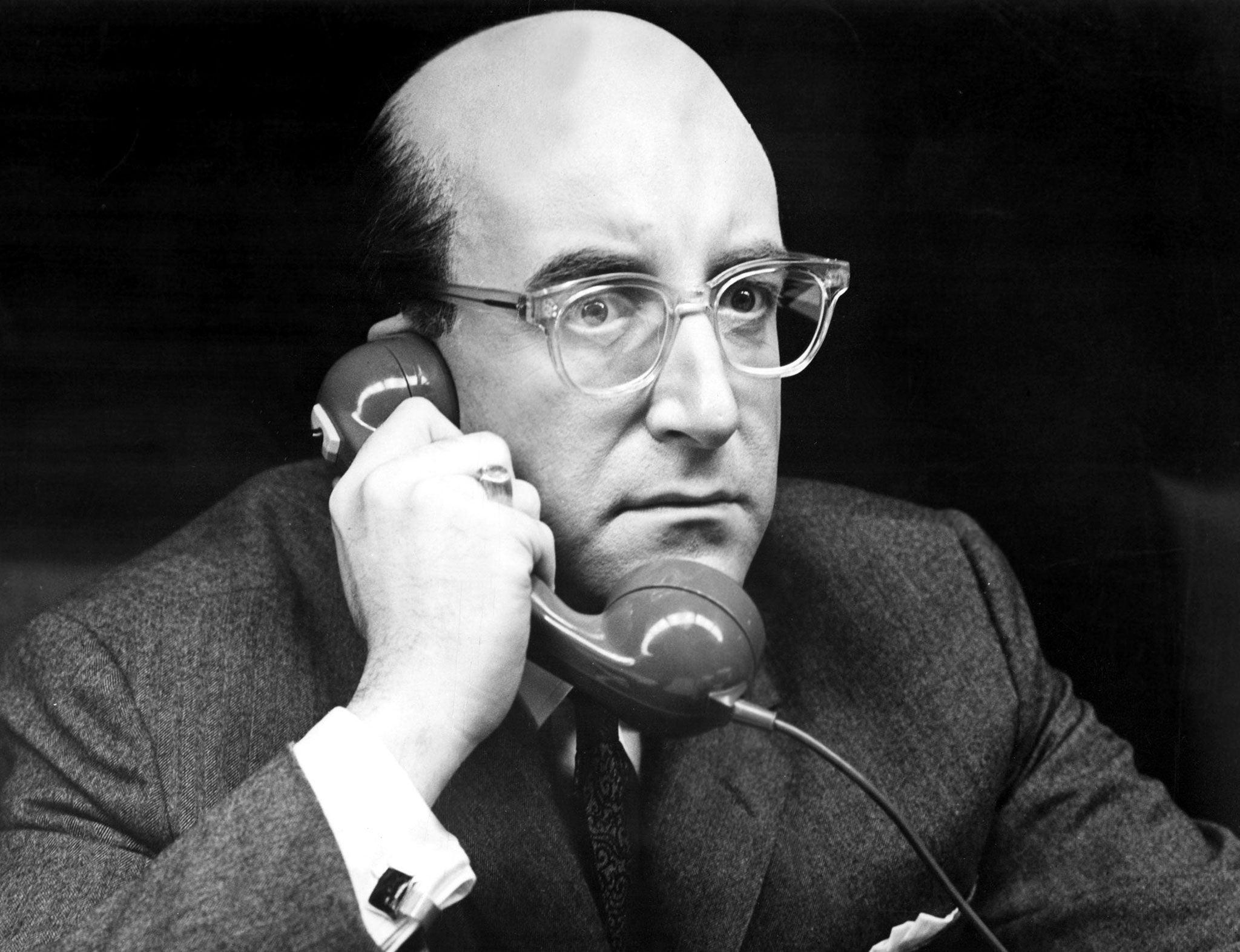Washington's big red phone to the Kremlin is the stuff of Cold War fantasy
Direct communication between the superpowers was never established with a direct, dedicated phone line, it has emerged.

For decades it was an image that captured the imaginations of a generation; the height of Cold War tensions, Russian warships move towards Cuba at Premier Khrushchev’s ordering and President Kennedy reaches for the big red phone to demand the Soviet Union stop their advance or face catastrophic consequences.
But now it seems it was all a myth, or at least, the bit about the big red phone. According to the Smithsonian Museum, there was never a phone in the White House with a dedicated line to the Kremlin but rather a wire telegraph where messages could be typed out.
It was in fact during the Cuban Missile Crisis that the two global superpowers decided it was too dangerous to rely on message relays that could take up to half a day to reach their destination. They decided as a result to install direct communication, but the technology for a permanent phone line wasn’t yet available.
In a memo from June 1963, the two governments agreed that “for use in time of emergency the Government of the United States of America and the Government of the Union of Soviet Socialist Republics” ought to “establish as soon as technically feasible a direct communications link between the two Governments.”
But instead of a phone, messages were to be sent to the Soviet Union along a 10,000-mile-long transatlantic cable from Washington to London, onward to Copenhagen, Stockholm, Helsinki and finally to Moscow.
The first president to use the device was reportedly Lyndon Johnson, who was able to communicate with the Soviets during Israel’s Six Day War. Since then, the Smithsonian reports, the hotline has been updated with a satellite connection in 1971, a high-speed fax in the 1980s, and a fibre-optic link for email and conferencing in 2008. The red phone, on the other hand, was a Hollywood creation.
Join our commenting forum
Join thought-provoking conversations, follow other Independent readers and see their replies
Comments